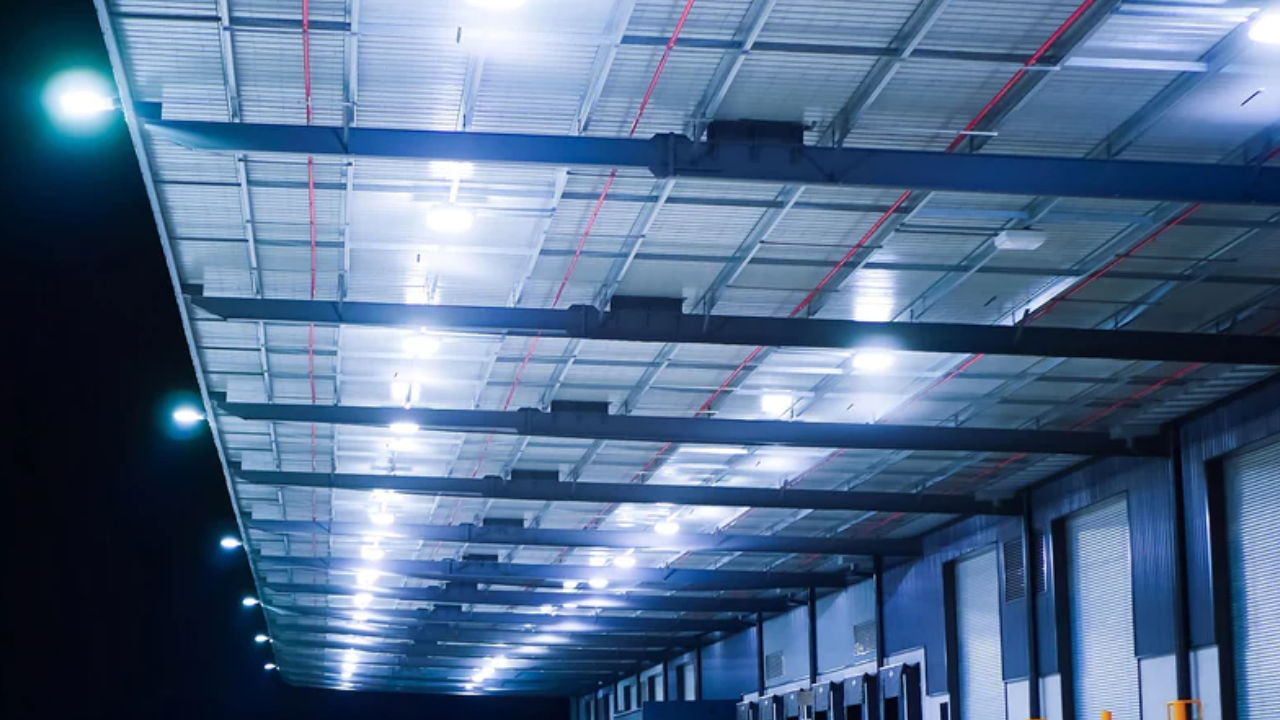LED retrofitting is the practice of modernizing lighting fixtures that already exist by substituting LED technology for outmoded light sources. This update raises illumination quality, lowers maintenance costs, and increases energy economy. Retrofitting eliminates the need to replace entire fixtures by installing LED lamps or retrofit kits into the current fixtures. LED retrofits can be used in a variety of contexts, such as homes, businesses, and factories.
Improved color rendering, a longer lifespan, and less energy use are some advantages. Furthermore, energy efficiency incentives and rebates are frequently applicable to LED retrofit, which encourages businesses and homeowners to embrace more environmentally friendly lighting solutions while realizing long-term cost savings.
Main Advantages Of LED Retrofitting
The main advantages of LED retrofit, illuminate the reasons why more and more people and businesses are switching to LED technology.
Energy Efficiency
The unmatched energy efficiency of LED retrofit is one of its main benefits. LED lights are substantially less energy-hungry than conventional fluorescent and incandescent bulbs. Because LEDs can convert a larger percentage of electrical energy into visible light, they are considered more efficient. This not only results in lower electricity costs but also supports international initiatives to encourage energy-efficient and sustainable behaviors.
Cost Savings
Although retrofitting with LEDs may seem more expensive initially than with traditional lighting, the long-term cost savings make the investment financially reasonable. Because LED lights require less maintenance and have a longer lifespan, replacement and maintenance expenses are lowered. Furthermore, lower utility bills result from energy savings obtained through LED retrofitting, offering a gradually apparent return on investment.
Environmental Impact
When compared to conventional lighting technologies, retrofitting with LEDs has a substantially smaller environmental impact, making it a sustainable decision. LED lights are more environmentally friendly since they don't include dangerous elements like mercury, which is frequently present in fluorescent bulbs. Furthermore, as LEDs use less energy, less carbon emissions are produced, supporting international efforts to slow down climate change and encourage environmentally beneficial behavior.
Durability & Longevity
Compared to traditional bulbs, which have a far shorter lifespan, LED lights have an amazing tens of thousands of hours of lifespan. Because they last longer, fewer bulbs wind up in landfills, which lessens the environmental impact associated with replacements. Since LED lights are solid-state, they are also more resilient to external impacts, vibrations, and shocks, which increases their longevity and lessens the need for frequent replacements.
Better Light Quality
When compared to conventional lighting technologies, LEDs offer better light quality. They provide a more even and natural light output, which lessens glare and makes the space more aesthetically pleasing. LED lights' color temperature can be adjusted to suit particular needs or tastes, improving a space's overall aesthetics. LED lighting is immediate and flicker-free, which improves sight and eye comfort in a variety of environments, including homes, workplaces, and public areas.
Technological Developments
Performance, efficiency, and features are constantly being improved with the LED generation, which is constantly changing. Investments in LED retrofitting therefore ensure that lighting fixture structures stay on the cutting edge of technical advancements. With the rising prevalence of LED lighting, clever lighting fixtures solutions, integrated controls, and networking choices, clients can now automate and manage their lighting fixtures' surroundings for better strength performance and human comfort.
Instantaneous Start and Dimming Capabilities
One common complaint about previous lighting technologies is their delayed start. This is not the case with LEDs. They are appropriate for situations where instantaneous illumination is essential, like emergency lighting systems, because they illuminate instantaneously. Furthermore, users of LED lights have easy control over light intensity because of the light's ability to be dimmed. This feature helps save even more energy when full brightness is not needed, in addition to enabling customization based on individual needs.
Conclusion
When it comes to upgrading lighting systems, LED retrofitting is an attractive and forward-thinking option for both consumers and companies. LED retrofitting is a smart investment because of its many advantages, which include increased light quality, longevity, cost savings, environmental sustainability, and technological breakthroughs. Adopting LED retrofitting illuminates areas more effectively and paves the path for a more sustainable and environmentally friendly future.


